Four weeks ago I wrote about the experiment I’m conducting this year on the Big Lawn. The idea was simple: let the grass grow and see what happens. My husband suggested the idea as a way to discourage the Canada geese who were frequenting the lawn and who don’t like long grass.
I was sceptical but he was right. Our experiment is working. Since early June we haven’t seen a single goose.
Even better, the lawn is turning out to be more beautiful than I ever hoped for.
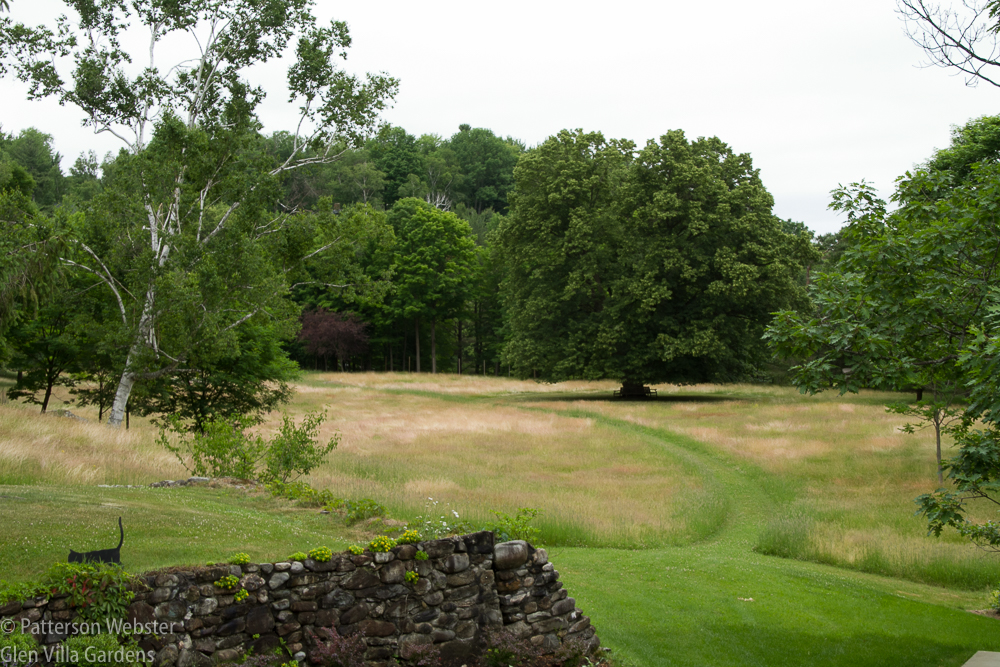
The slice of green is the path we are mowing through the long grass.
The mown strip of green offers a wonderful contrast to the copper, gold, silver and red tones that colour the six or seven varieties of grass growing on The Big Meadow, aka The Big Lawn. I haven’t had time to research the varieties but I know there is Timothy (Phleum pratense).
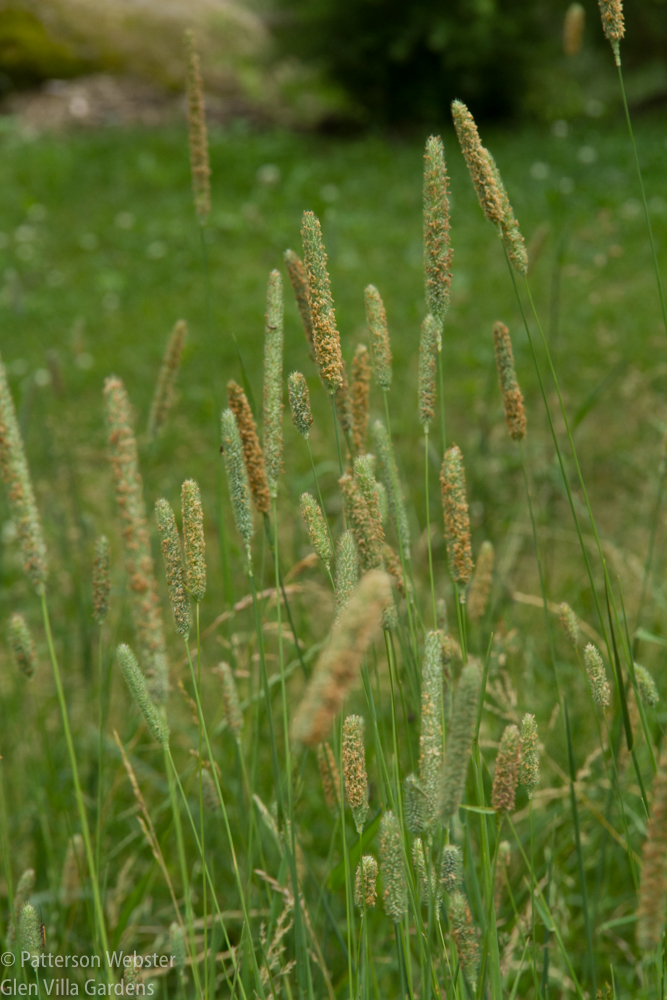
I’m not surprised to find Timothy growing on The Big Meadow. It is commonly grown in rural areas of Quebec like mine as feed for cattle.
Other species that I think I’ve identified include switchgrass (Panicum virgatum), Setaria, Phalaris and couch grass (Elymus repens). Plus crabgrass of course, although being flat it is mostly hidden by the taller types.
Whatever kinds of grasses are growing, altogether, they look like a sea in constant movement.
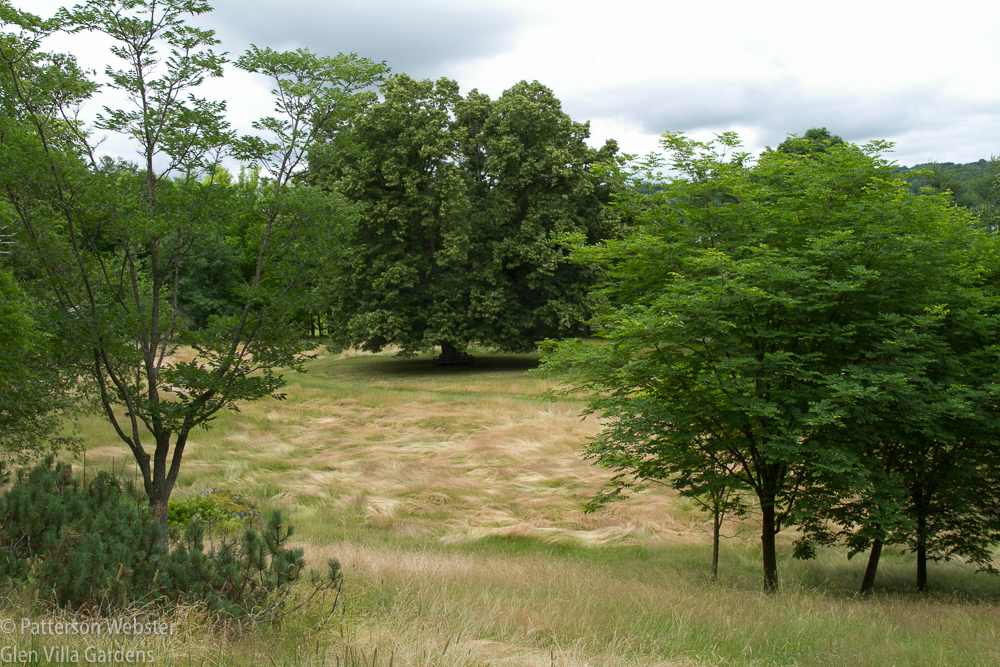
From the driveway looking towards the lake and the linden tree, the meadow is a symphony of tones, all playing in harmony.
I love the movement within different sections, where taller grasses have been flattened by rain and their own weight. But not flattened entirely. Some patches look like bad hair days, others like waves on the ocean.
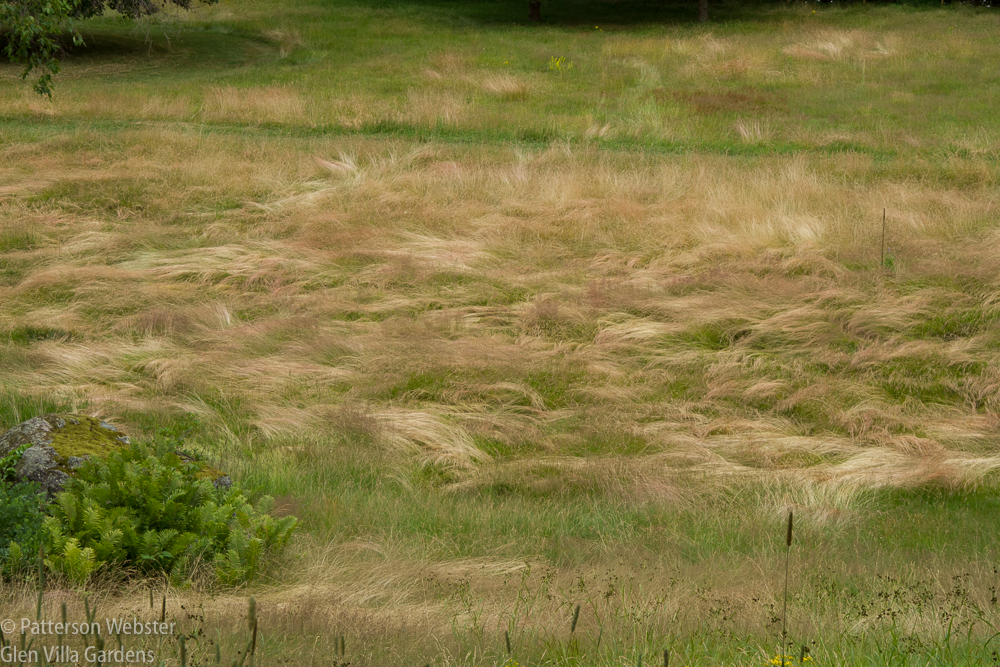
Ocean waves or a bed head after a tough night?
What amazes me is the variation in colour. The tones go from silver…
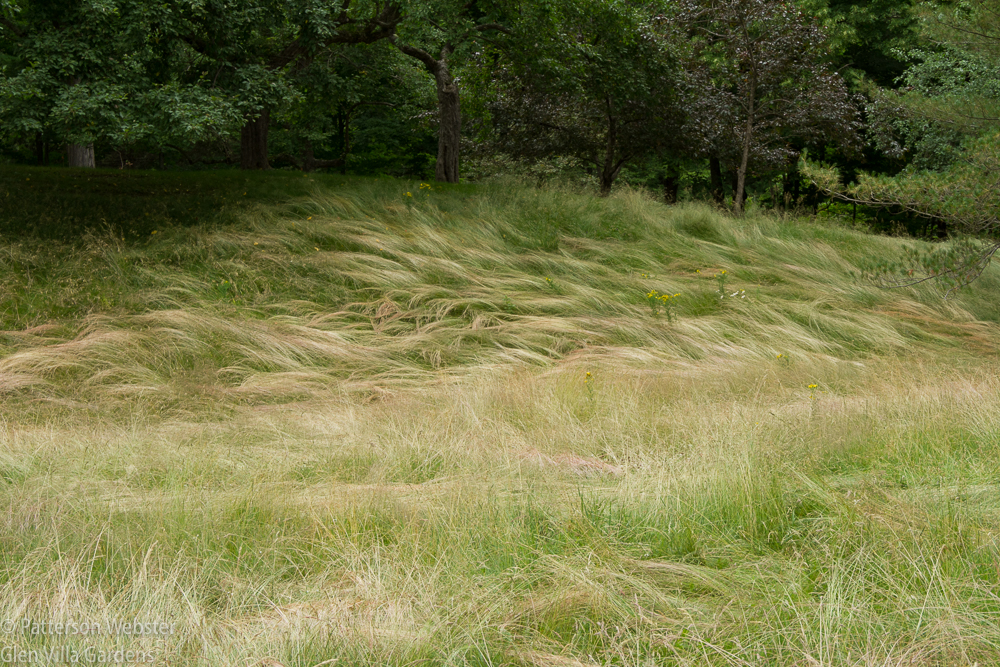
What does this silver swirl on a slope suggest to you?
to copper gold and red.
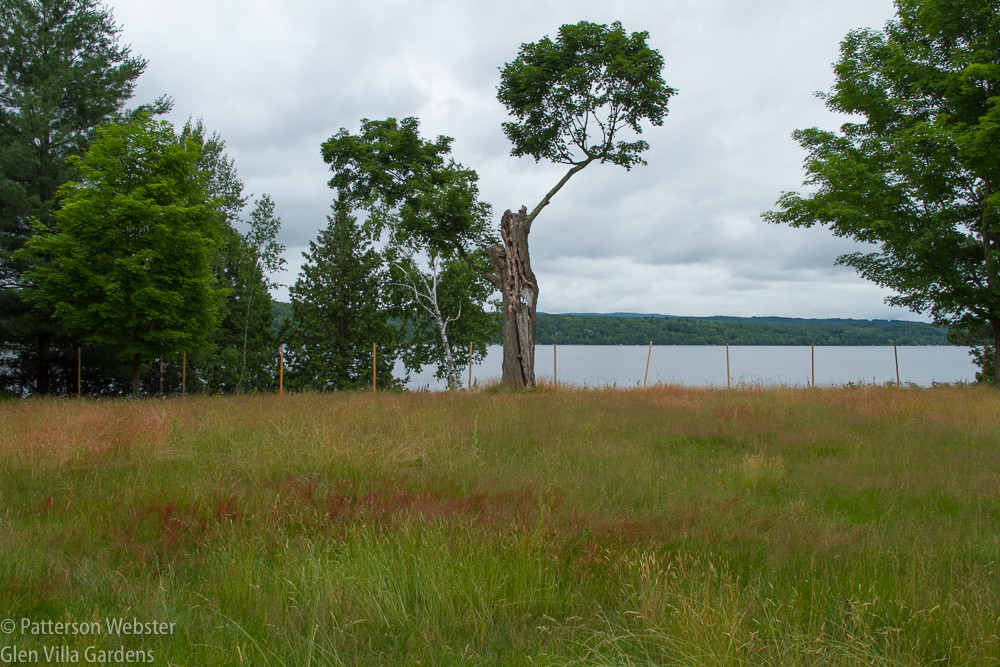
The copper tones are switchgrass, a type of Panicum. The darker red in the foreground is dock. And don’t you love that crazy semaphore tree?
There isn’t a huge mix of wildflowers but easily identified are red clover …
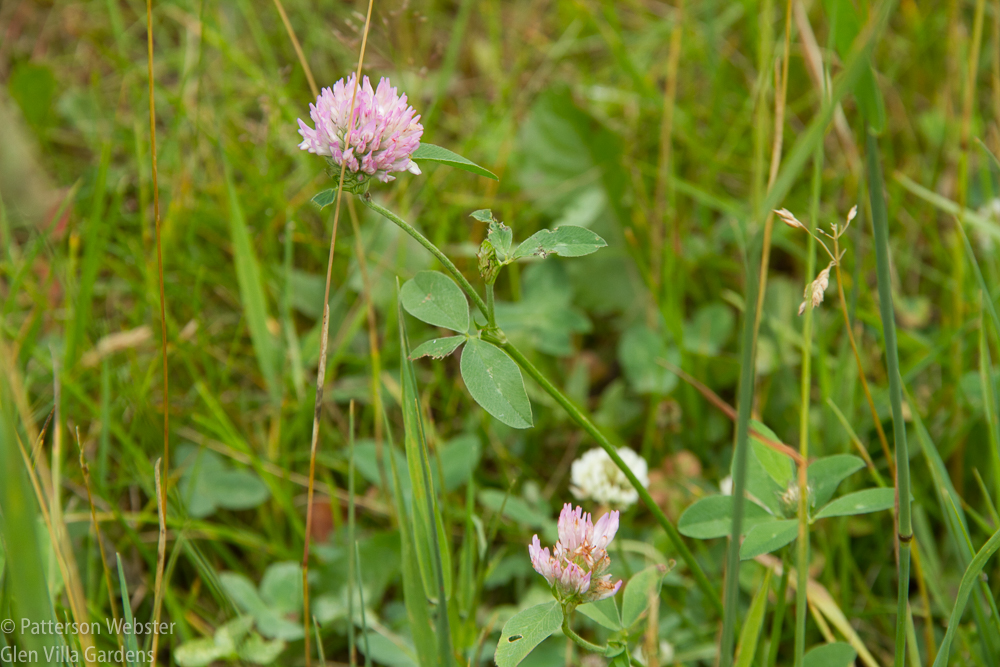
Some of the clover is much redder than this. Different varieties or differences due to light levels or soil. Who knows? Not me.
and Bird’s Foot Trefoil.
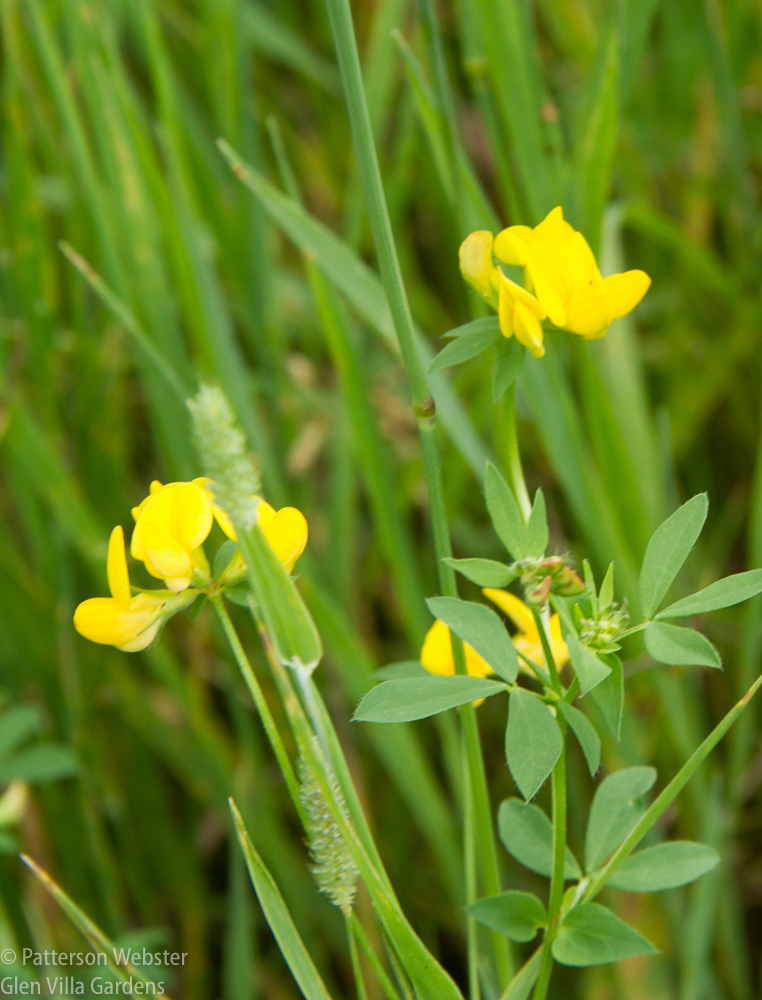
This little yellow wildflower is growing near the edge of the mown path. Otherwise it would be swamped in the tall grass.
Most prominent is St. John’swort (Hypericum),
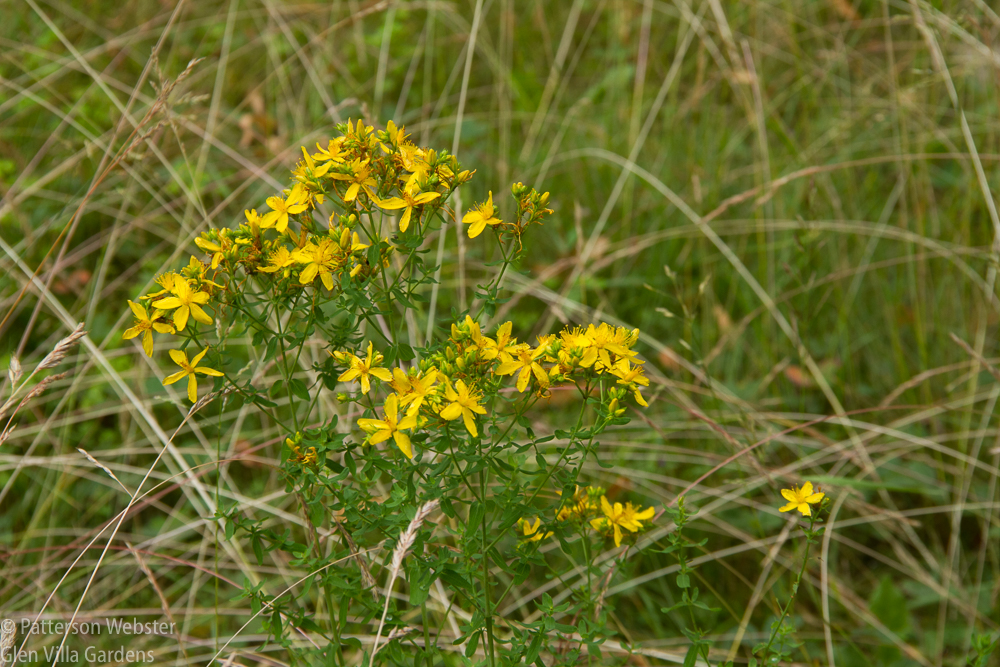
This isn’t one of my favourites… so of course it is the most common wildflower now blooming.
although common mullein (Verbascum thapsus) is making its presence known.
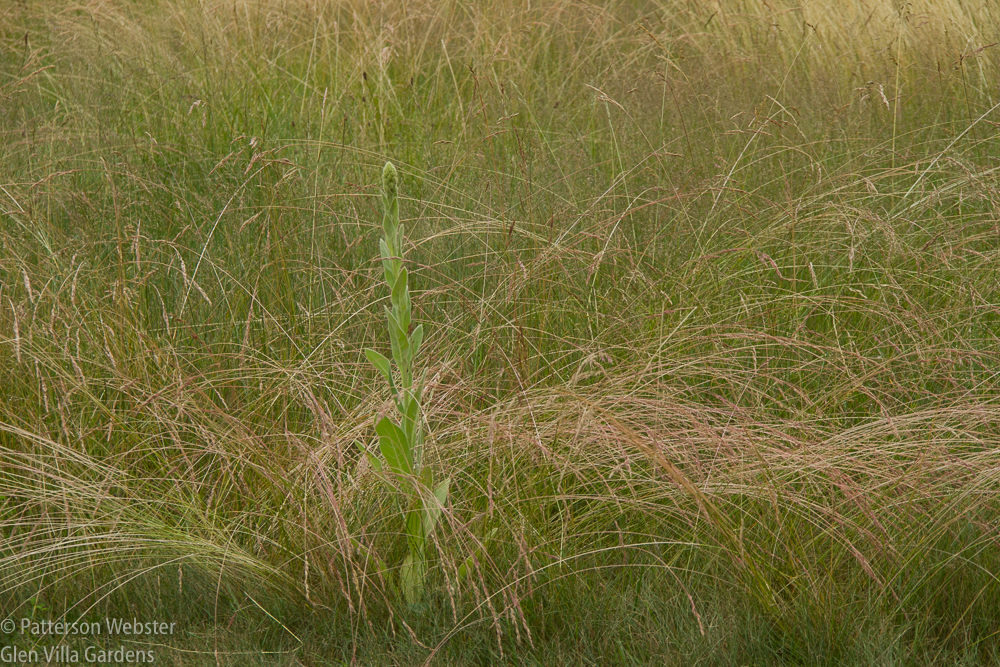
Someone whose advice I value told me not to let this go to seed. Is she right? I like the vertical poking its head up every now and then.
There are a few wild asters with flat tops …
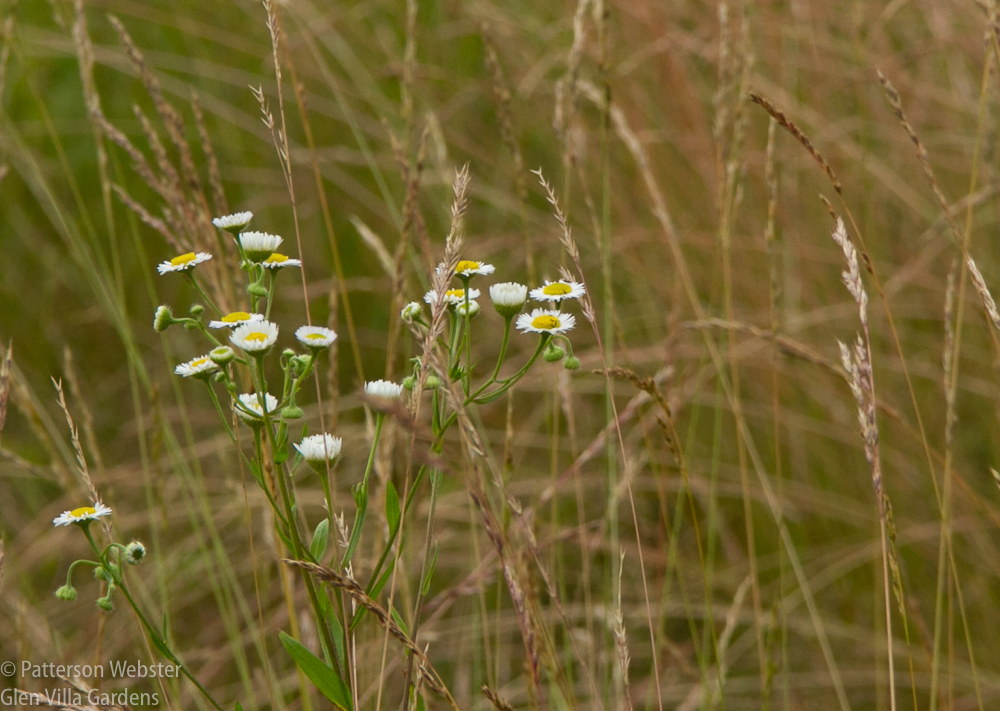
I like the delicacy of this flower against the coarser grass.
and a scattering of yellow bedstraw (Galium verum).
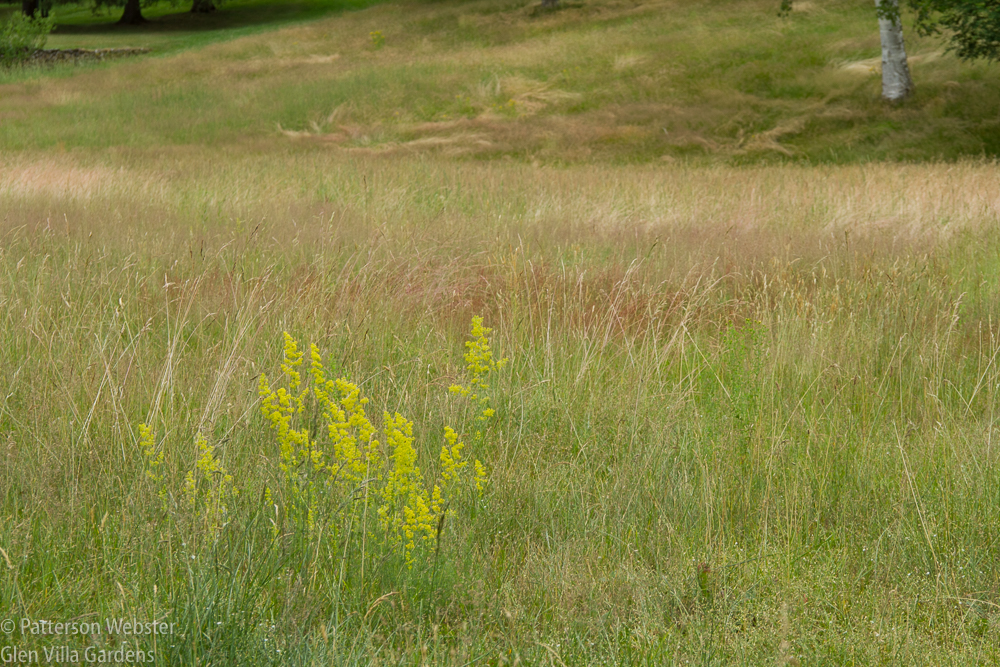
One patch of yellow bedstraw will become many. That’s ok with me — I love the scent.
As well as being immensely pleased at the overall appearance of The Big Meadow, I’m stunned by how much the view has changed in a month. It has gone from this view in mid June …
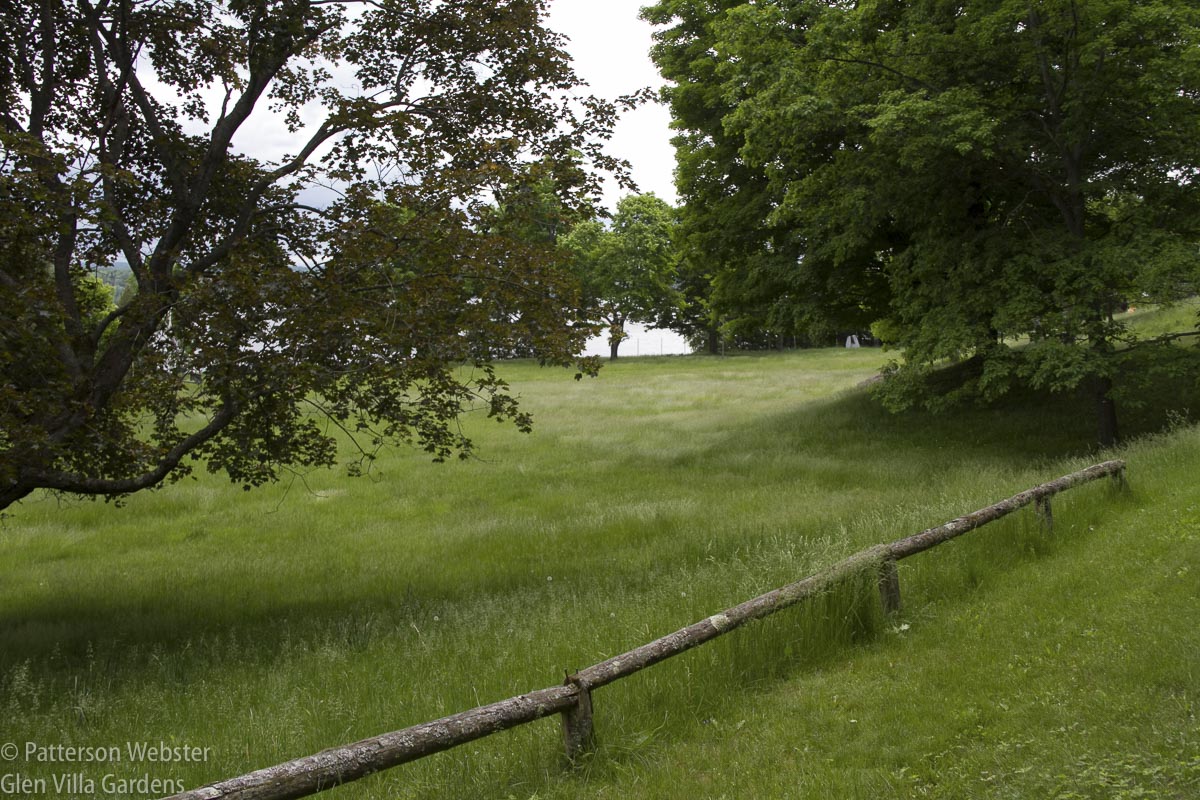
I will take a photo each month from this spot to record how the view changes.
to yesterday’s view in mid-July.
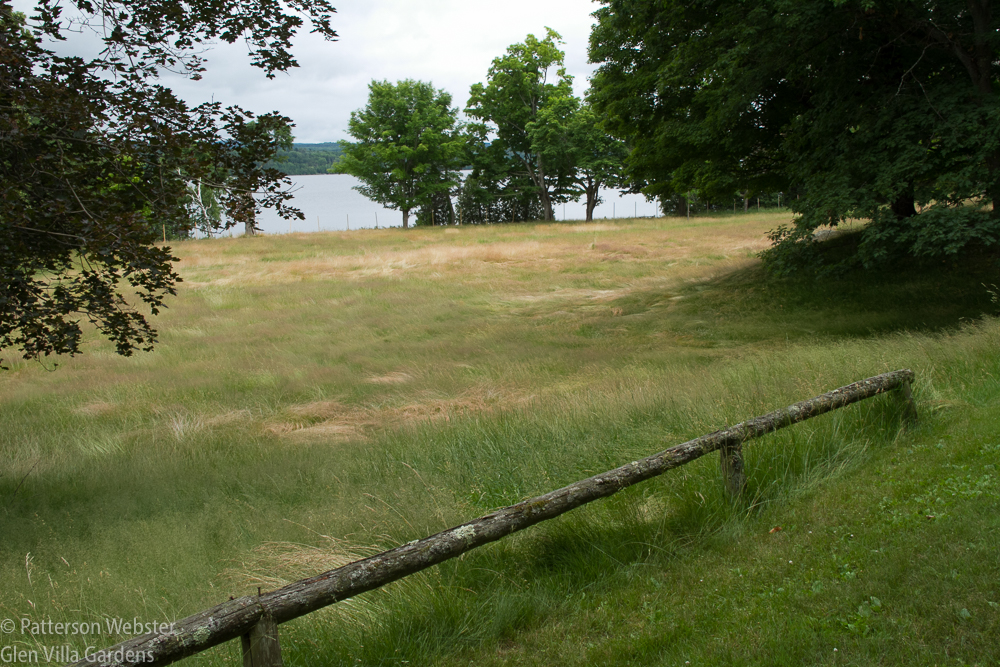
Grasses on the prairie used to be called oceans of grass. Now I know why.
So, what do you think? Do you like the grassy ocean view or do you prefer a well-manicured lawn?
As for me, I can’t wait to see what it will look like a month from now.





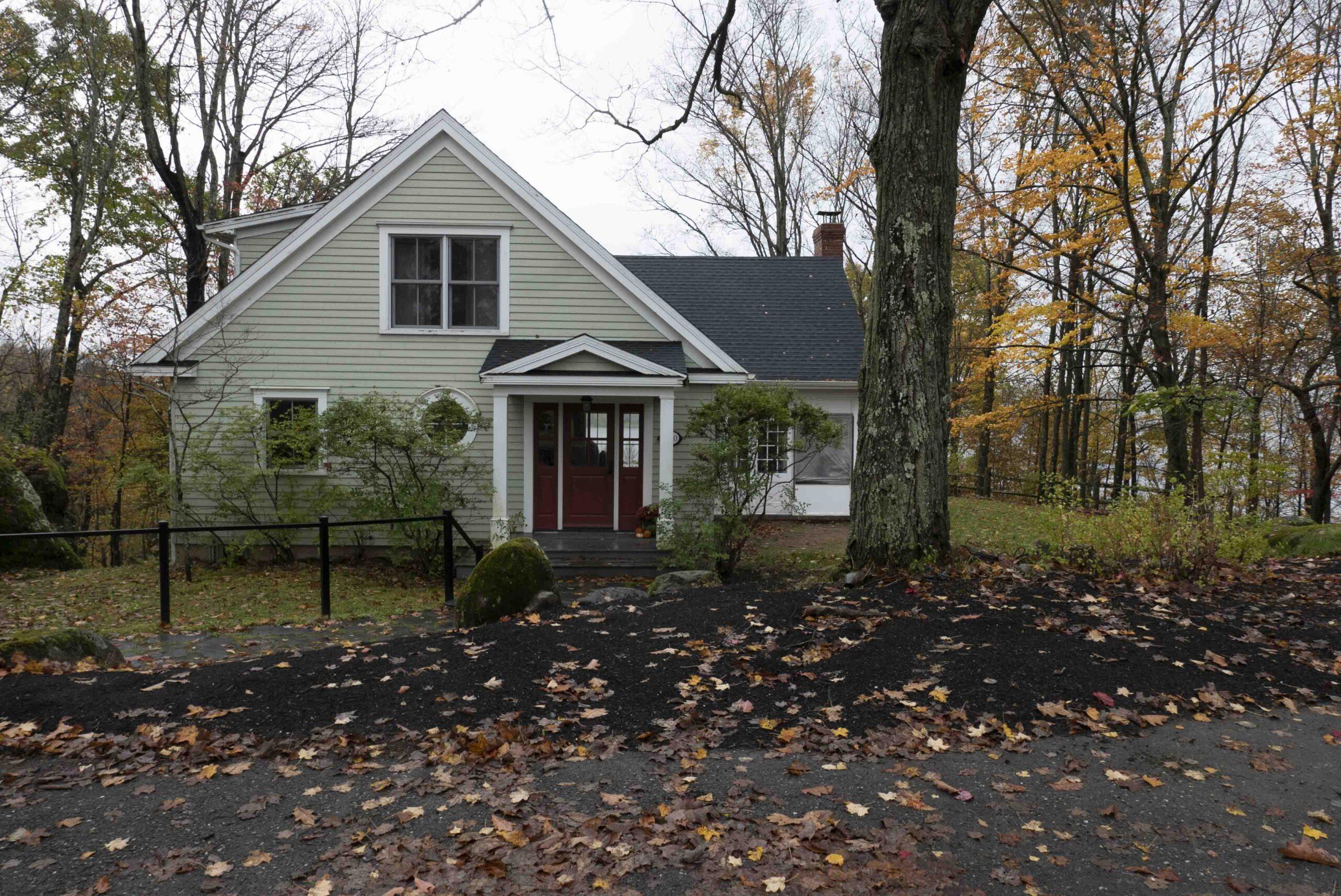
It looks lovely! Vast swaths of grasses and forbs are mesmerizing. A little lawn for games, pet runs, and paths is OK, too. 🙂
Vast swaths… I like the term as well as the look. We are fortunate to be able to leave this part of the property unmown and still have a little lawn for games and children to play.
I love the long grass, though I probably couldn’t resist seeding in some meadow or prairie plants as an experiment.
I agree, James. The temptation is irresistible, and hasn’t been resisted! I have about a dozen different types of prairie/meadow plants I’m seeding a little later this summer. I’m also buying a plant or two of any I see in nurseries that are suitable. So next year the picture will be different again.
It was always such a great lawn…….
It was… but change in gardens is part of the fun.
Love it! And I would let the mullein have its way too…such a beautiful plant!
Opinion is divided almost 50/50. Some people love it, others dislike it, finding it looks unkempt. Those who dislike it tend to be non-gardeners.
Pat, This year I let the part of my front yard that will eventually become the front slope planting go — both because my weed wacker broke and because I just didn’t have time to keep up with it. I have a lot of the same plants growing — although more sparsely because it is on unimproved backfill, so not with the same beautiful meadow look as yours. Nevertheless, I am enjoying seeing which wildflowers turn up. I wonder if the aster-like flowers (which I also have) might be a form of fleabane (Erigeron), maybe Erigeron annus, the eastern daisy fleabane. I’ve been enjoying the mullein, too, and have several other equally tall plants that I haven’t identified because they haven’t bloomed yet.
You are quite right, Jean, that little aster-type thing is fleabane. I should have looked more carefully before posting.
Our lawn has a much greater variety of grasses than I had expected. Quebec law forbids use of chemical pesticides so that may be part of the reason. Also the lawn has been mowed regularly for about 50 years with little or no digging on any part of it, so existing soil conditions may explain the diversity. I know there will be more plants appearing as the summer goes on, and I am eager to see what they are.
You can certainly guess which I prefer. I do absolutely love the look of your big meadow. I would vote for letting the Verbascum spread … it won’t be able to overcome tall grasses like Switchgrass. Such a great view from your driveway. Will you need to mow in early spring or late fall to control woody intruders?
The big meadow gets better every day. I plan to mow in late fall to control the woodies. I’m also planning to seed some wildflowers in certain areas. So next year it may look different again.